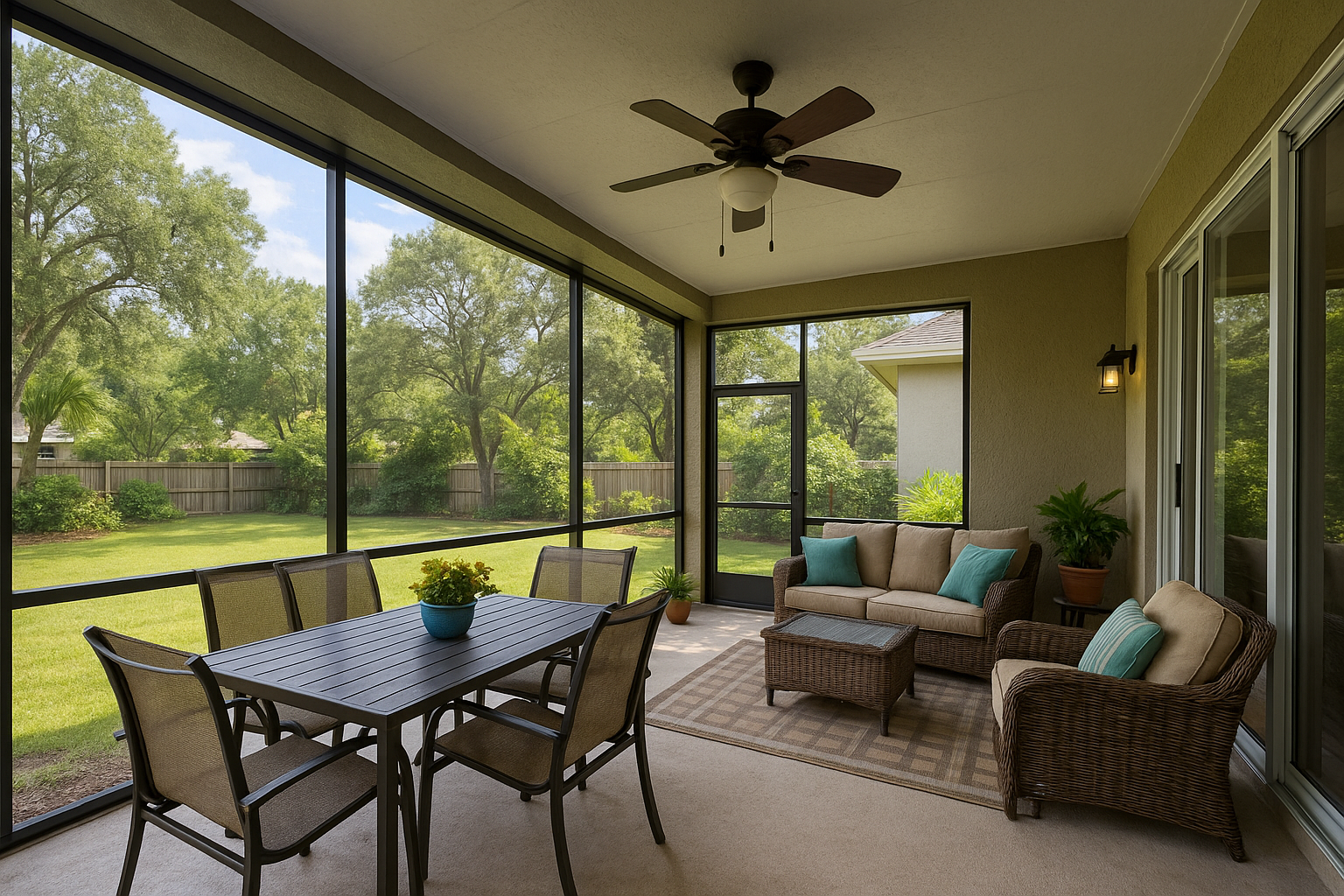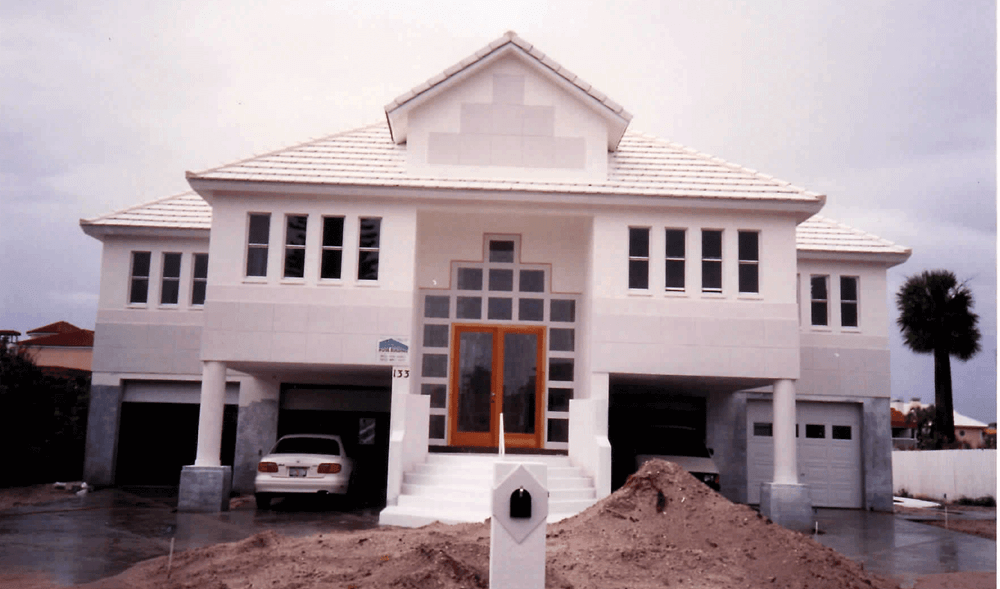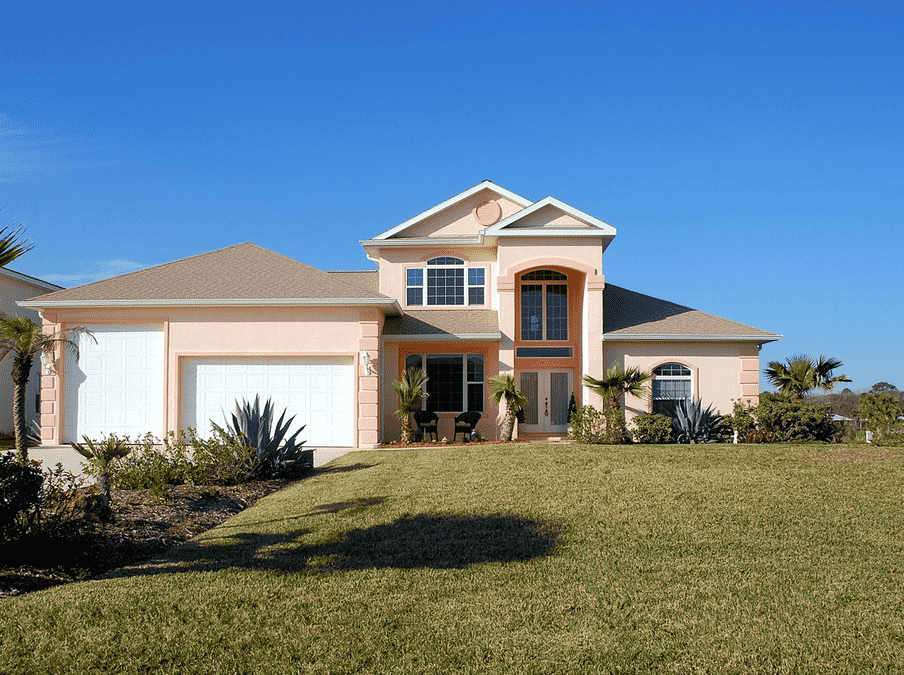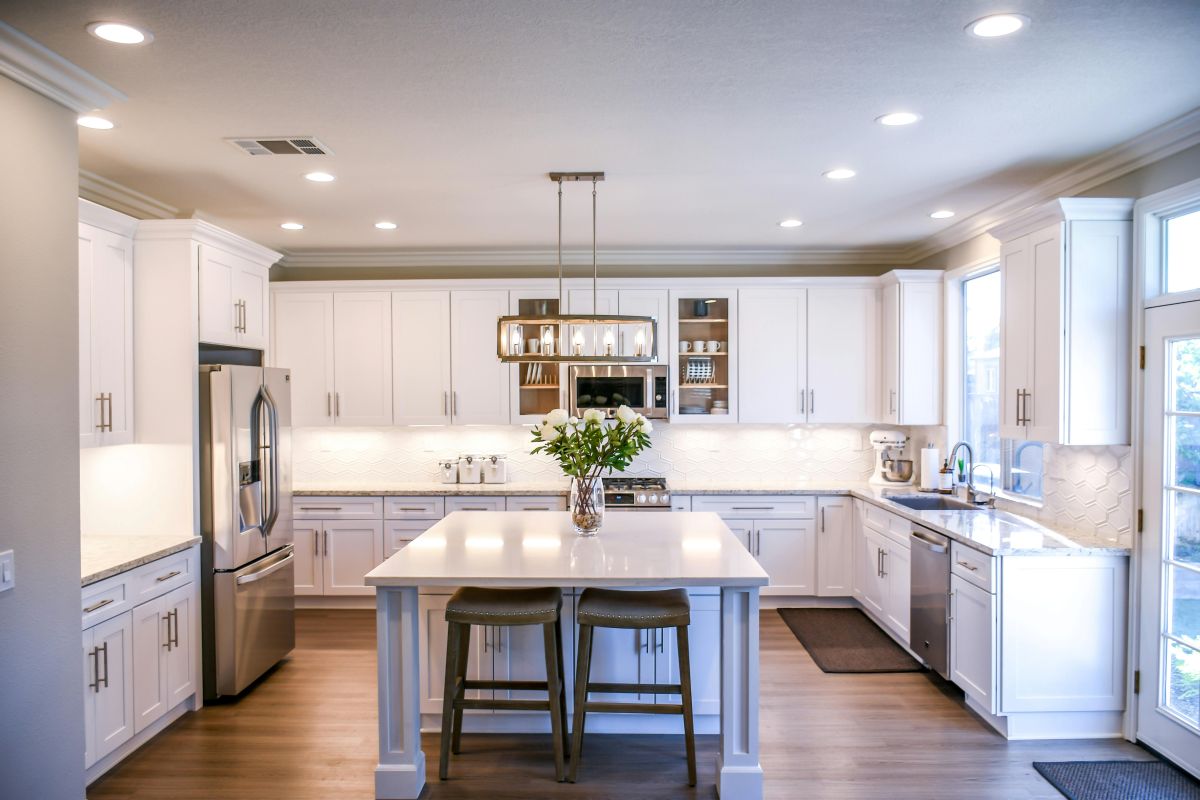By using our website, you agree to the use of cookies as described in our Cookie Policy
a
Rss Feed
OH NO - MY HOME IS BUILT TOO LOW!!! "HOME CONSTRUCTION: BUILD AT THE PROPER HEIGHT AND AVOID WATER DAMAGE"
In just this past week I have gone out on two completely unrelated estimates for jobs where owners are trying (pretty much in vain) to solve severe water issues!
To be clear, water intrusion is an issue that contractors must constantly be vigilant about, throughout the entire building process. From planning through completion, you can't worry too much about this issue!
This week's jobs were both BUILT TOO LOW. That is, the top of the living level slab is too low compared to the adjacent grade. This is a problem that could have been addressed for several hundred dollars at the time of initial construction and can NOT be properly fixed now for any amount of money (short of essentially destroying the home - either demolishing it and starting over or capping the existing slab with 8"-16" of concrete which requires changing EVERYTHING in the home anyway, so you really might just as well demolish it)!
When neighborhoods are platted and developed they have utilities placed and are graded in a certain way. This neighborhood grade controls what you need to do on a grand scale. That said, there are universal truths that apply to what you do specifically to your property and the height of your living level floor. It is fairly common practice for homes on a street to be higher or lower at a somewhat constant pitch home-to-home (they tend to follow the height of the street directly in front of them). So if a street, with say 10 houses on it, is higher on the north end as compared to the south end, the houses are higher, one-to-the-other, as you progress down the street following the pitch of the street. As the pitch changes, so does the differential in the house slab heights.
A common practice is to build the house 12" or 16" above the crown of the road [at it's highest point] - directly in front of the property. If the road is 4" higher on the left than on the right, you use that as the basis for the additional 12" or 16". You want to make absolutely certain that you are at least 12" higher than the highest crown of the road in front of your property. THIS IS THE MINIMUM HEIGHT you should allow the home to be built at! There is absolutely nothing wrong with going up another full block for added piece of mind! Also, remember, this is the guide when building in a normal subdivision. If you have a large piece of property with hundreds of feet from the road to your home you may want to be several feet higher than the road. Whatever it takes to logically have water run AWAY FROM THE HOUSE!
Another scenario is when you are building in an area that has a steep constant pitch in any direction [on a hilly area]. You absolutely must build high enough so that the height of surface water [that may be running for thousands of feet before approaching your property] can NOT ever exceed the height of your floor! This may very well necessitate building up 8-10-12 feet higher than the road in front of your property, regardless of the immediately adjacent grade of the property!
In Florida, we are mostly concerned with subdivision building. Even a large lot is not so large that the basic principal of 12"-16" minimum, over the crown of the road is not sufficient AS A MINIMUM. If your rear neighbor's land is higher than yours - use the rear neighbor's rather than your street as the benchmark and add the 12"-16" to the high point of the rear neighbor's yard. YOUR OBJECTIVE IS TO BE HIGHER THAN ANY SURROUNDING PROPERTY - - - - HIGH=DRY!!!
It is against most zoning codes to put your water on another's property. That said, once a neighborhood is platted and developed the lay of the land is the lay of the land - you must live with the peculiarities of the neighborhood. This often means taking measures to thwart a neighbor's water from entering your property. This is done with swales and sometimes drainage systems. These are acceptable alternatives to addressing property water issues - regrettably, they will NOT properly solve the issue of the home's floor being built too low!
‹ Back






.png)

Comments